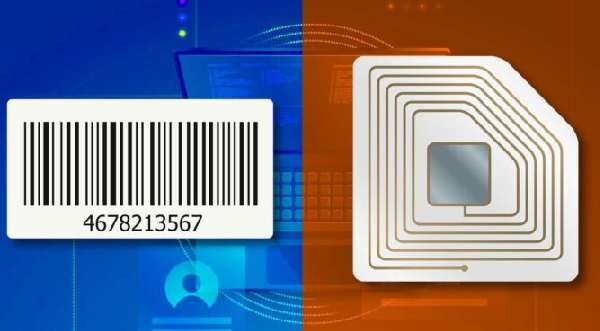The mature process of theoretical research on RFID technology
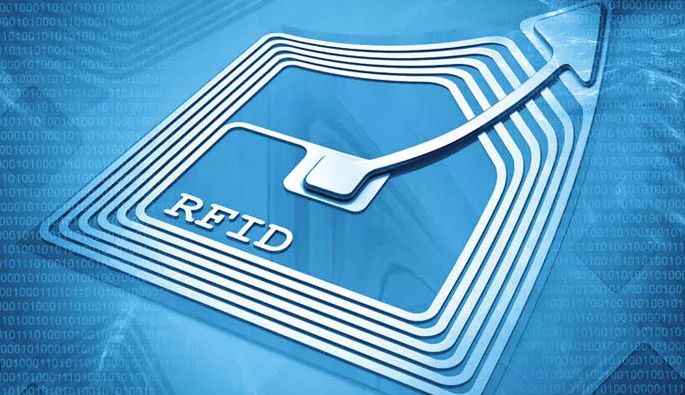 In 1948, Harry Stockman's article "Communication by Means of Reflected Power" laid the theoretical foundation for the development of RFID. Since the 1960s, RFID technology has entered a rapidly developing track. In 1960, D.B. Harris applied for a patent for a "modulated passive responder RF transmission system". In 1963, Robert Richardson published "Remotely Activated Radio Frequency Powered Devices" which provided an implementation approach for passive RFID tags. Subsequently, in 1964, R.E. Harrington published an important paper on the theory of load scattering, systematically elaborating on the theoretical basis of using loads to modulate scattering energy. In 1967, Vinding officially proposed the working mode of RFID in his publication "Interrogator locator Identification System". In 1968, J.H. Vogelman obtained a passive technology patent for transmitting data using radar echoes. This series of research results has gradually matured the theoretical basis of RFID technology. In the 1970s, RFID technology was extensively researched. Someone proposed a working method for short-range RF telemetry and identification using backscatter modulation, and provided a complete design scheme for passive electronic tags. At this point, the theoretical research on RFID technology is basically mature.
In 1948, Harry Stockman's article "Communication by Means of Reflected Power" laid the theoretical foundation for the development of RFID. Since the 1960s, RFID technology has entered a rapidly developing track. In 1960, D.B. Harris applied for a patent for a "modulated passive responder RF transmission system". In 1963, Robert Richardson published "Remotely Activated Radio Frequency Powered Devices" which provided an implementation approach for passive RFID tags. Subsequently, in 1964, R.E. Harrington published an important paper on the theory of load scattering, systematically elaborating on the theoretical basis of using loads to modulate scattering energy. In 1967, Vinding officially proposed the working mode of RFID in his publication "Interrogator locator Identification System". In 1968, J.H. Vogelman obtained a passive technology patent for transmitting data using radar echoes. This series of research results has gradually matured the theoretical basis of RFID technology. In the 1970s, RFID technology was extensively researched. Someone proposed a working method for short-range RF telemetry and identification using backscatter modulation, and provided a complete design scheme for passive electronic tags. At this point, the theoretical research on RFID technology is basically mature.


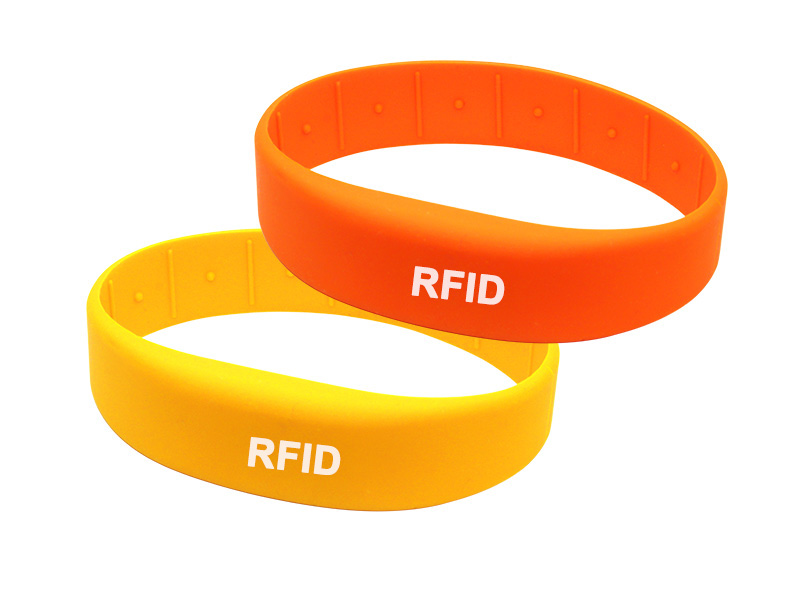
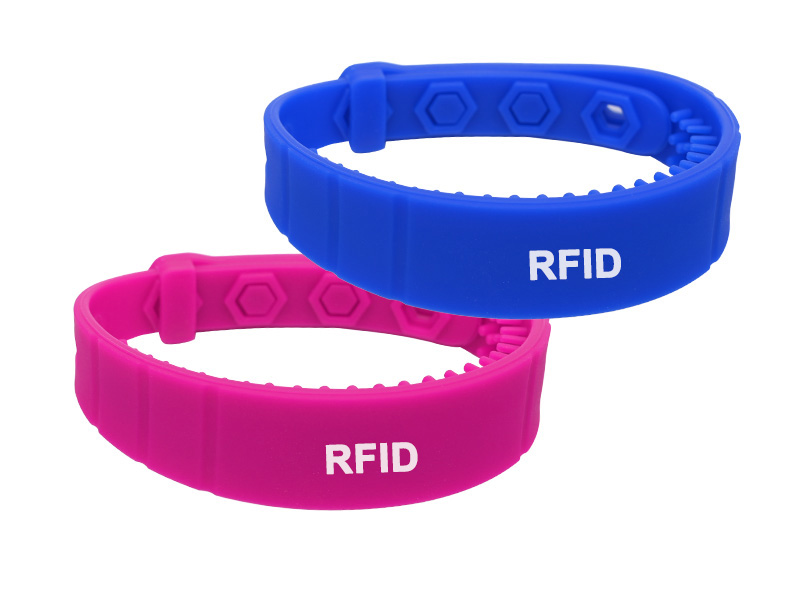
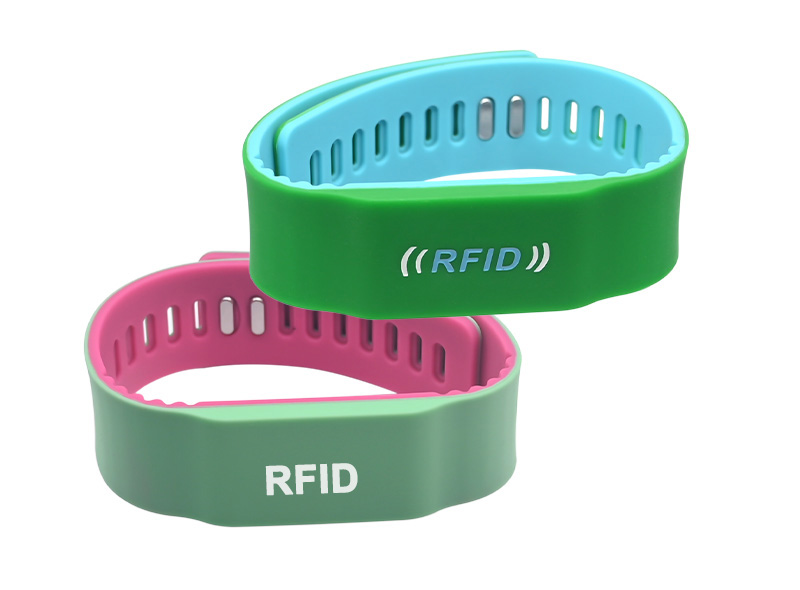


 In 1948, Harry Stockman's article "Communication by Means of Reflected Power" laid the theoretical foundation for the development of RFID. Since the 1960s, RFID technology has entered a rapidly developing track. In 1960, D.B. Harris applied for a patent for a "modulated passive responder RF transmission system". In 1963, Robert Richardson published "Remotely Activated Radio Frequency Powered Devices" which provided an implementation approach for passive RFID tags. Subsequently, in 1964, R.E. Harrington published an important paper on the theory of load scattering, systematically elaborating on the theoretical basis of using loads to modulate scattering energy. In 1967, Vinding officially proposed the working mode of RFID in his publication "Interrogator locator Identification System". In 1968, J.H. Vogelman obtained a passive technology patent for transmitting data using radar echoes. This series of research results has gradually matured the theoretical basis of RFID technology. In the 1970s, RFID technology was extensively researched. Someone proposed a working method for short-range RF telemetry and identification using backscatter modulation, and provided a complete design scheme for passive electronic tags. At this point, the theoretical research on RFID technology is basically mature.
In 1948, Harry Stockman's article "Communication by Means of Reflected Power" laid the theoretical foundation for the development of RFID. Since the 1960s, RFID technology has entered a rapidly developing track. In 1960, D.B. Harris applied for a patent for a "modulated passive responder RF transmission system". In 1963, Robert Richardson published "Remotely Activated Radio Frequency Powered Devices" which provided an implementation approach for passive RFID tags. Subsequently, in 1964, R.E. Harrington published an important paper on the theory of load scattering, systematically elaborating on the theoretical basis of using loads to modulate scattering energy. In 1967, Vinding officially proposed the working mode of RFID in his publication "Interrogator locator Identification System". In 1968, J.H. Vogelman obtained a passive technology patent for transmitting data using radar echoes. This series of research results has gradually matured the theoretical basis of RFID technology. In the 1970s, RFID technology was extensively researched. Someone proposed a working method for short-range RF telemetry and identification using backscatter modulation, and provided a complete design scheme for passive electronic tags. At this point, the theoretical research on RFID technology is basically mature.
